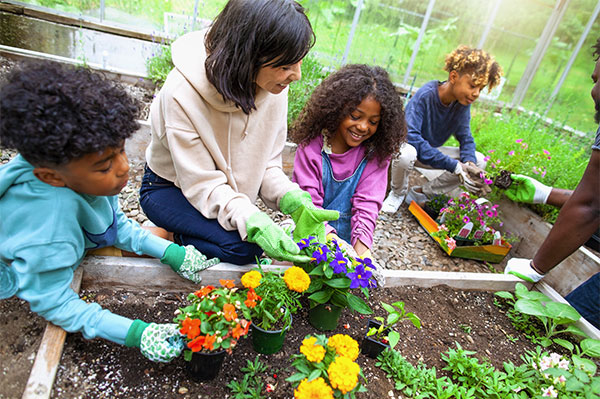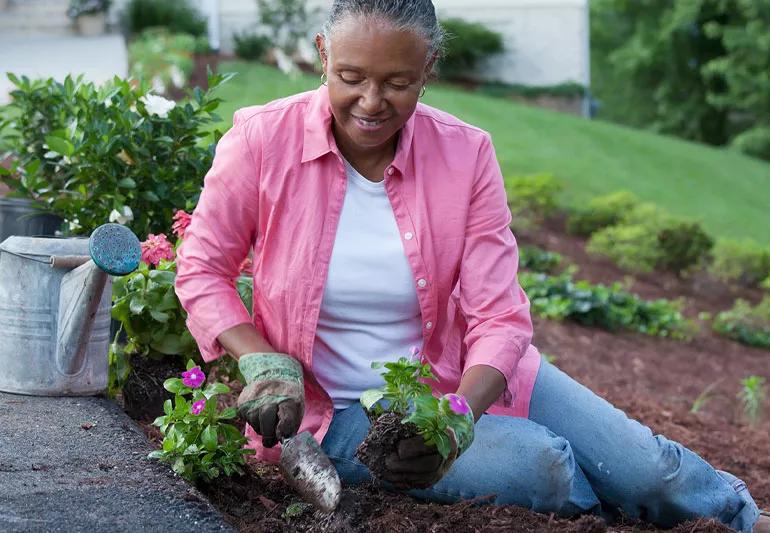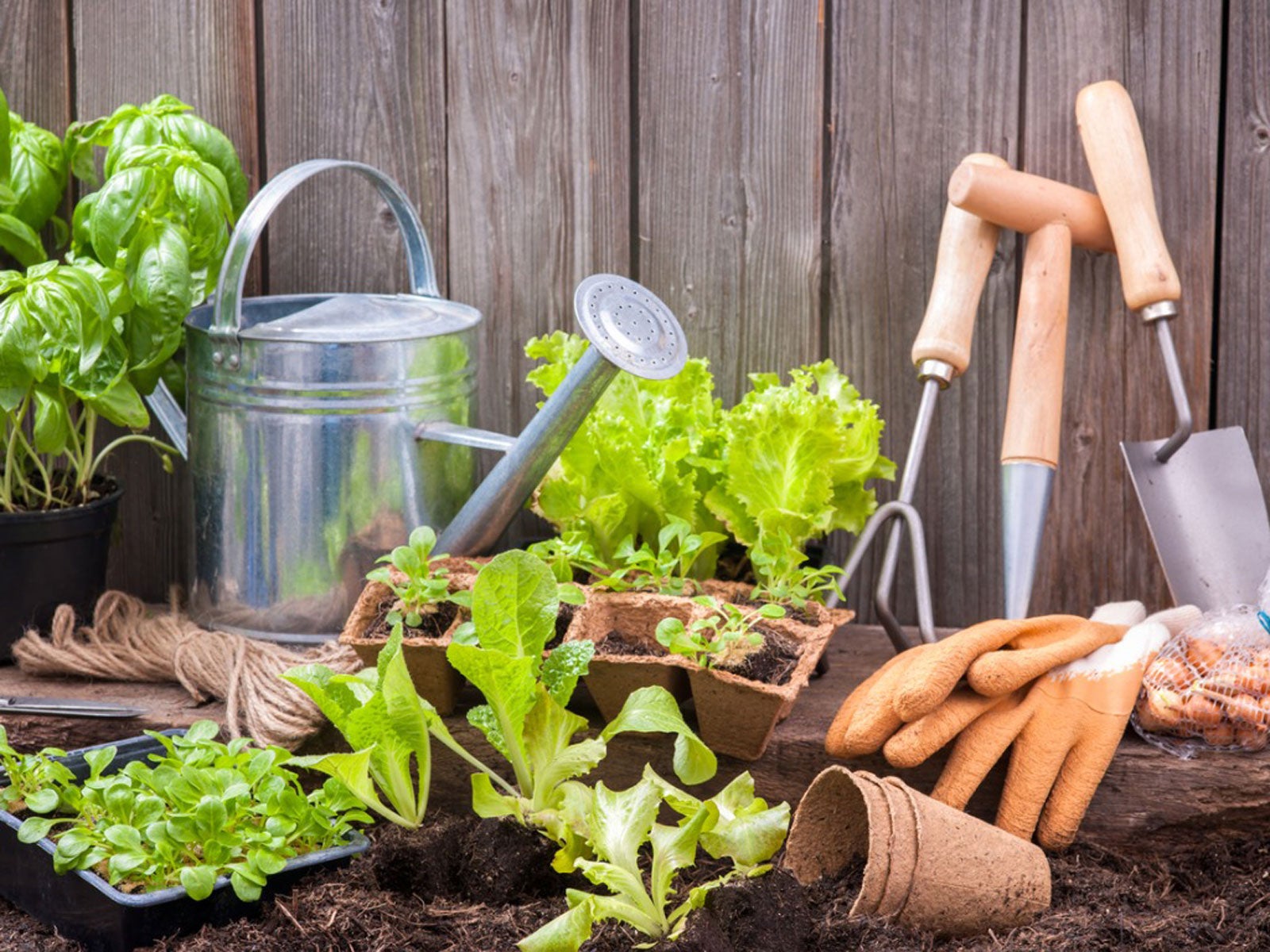Specialist Gardening Tips for Creating a Sustainable and Eco-Friendly Yard
Embarking on the journey to develop a lasting and environmentally friendly garden includes a collection of purposeful choices and techniques that not only improve the beauty of your space but additionally add positively to the atmosphere. By selecting indigenous plants that are appropriate to your region, you can lower reliance on chemical plant foods and chemicals while providing crucial support to regional wildlife. In addition, including water conservation strategies and organic horticulture techniques plays a critical function in maintaining a healthy ecosystem. To reveal more professional understandings and functional techniques, let us discover the crucial elements that define an environmentally conscious yard.
Select Native Plants
Choosing native plants for your yard is an essential step towards achieving sustainability. In addition, native plants generally call for much less water as soon as developed, contributing to a lot more reliable water usage.
Beyond their functional benefits, indigenous plants play a vital duty in supporting neighborhood biodiversity. They provide crucial environment and food resources for native wild animals, consisting of pollinators such as birds, butterflies, and . This fosters a well balanced ecosystem, which is essential for the health and wellness of your garden and the surrounding atmosphere.

Implement Water Conservation
Executing water preservation strategies is important for preserving a lasting yard. Efficient water use not just lowers the ecological impact yet additionally guarantees that plants obtain adequate hydration without wastage.
On top of that, mulching is a valuable technique for saving water. By using a layer of organic compost, such as wood chips or straw, around the base of plants, gardeners can decrease soil evaporation and keep constant moisture degrees. Mulch additionally aids manage soil temperature level and subdues weed growth, further adding to plant wellness.
Rainwater harvesting is one more lasting strategy. Installing rainfall barrels or other collection systems permits garden enthusiasts to store and capture rain, which can later be made use of during completely dry periods. This not just preserves community water yet additionally provides an all-natural, chemical-free resource for irrigation.
Last but not least, picking drought-tolerant plant varieties can substantially lower water needs. These plants are adapted to prosper in low-water problems, making them perfect for eco-friendly gardens. gardening tips. Applying these water conservation approaches will certainly promote a durable, lasting yard
Use Organic Horticulture Approaches

Pest monitoring in a natural yard counts on incorporated parasite monitoring (IPM) approaches. These include encouraging useful pests, making use of all-natural predators like lacewings and ladybugs, and carrying out crop turning to interfere with pest life process. Buddy planting, where specific plants are grown with each other to ward off insects or bring in valuable insects, is one more reliable method.
Weed control is managed through mulching and hand-operated elimination, instead than counting on herbicides. Mulch not just reduces weeds yet additionally saves moisture and enhances soil health and wellness as it breaks down. Organic composts, such as straw, timber chips, and leaves, are especially beneficial.
Develop Wild Animals Environments
Producing wild animals environments within your garden not just improves biodiversity however likewise sustains the ecosystem's equilibrium. Deliberately areas that attract and maintain neighborhood fauna, you can develop a flourishing micro-ecosystem that profits both plants and animals. Begin by incorporating indigenous plants, as these are well-suited to your regional climate and provide vital food and shelter for wild animals. Native vegetation supports a variety of bugs, birds, and little mammals, adding to the environmental network.
Take into consideration including a water function, such as a fish pond or birdbath, to give a regular water resource. Water components attract a variety of species, from amphibians to pollinators, boosting the yard's vitality. In addition, mounting birdhouses, bat boxes, and insect hotels provides risk-free nesting websites and motivates biodiversity.
Leave some areas of your yard undisturbed, permitting leaf trash and fallen branches to build up. These natural debris stacks develop environments for pests and small animals, fostering a balanced community. Prevent using chemical pesticides and herbicides, as they can harm advantageous wildlife and interrupt food cycle. By prioritizing these sustainable practices, your yard can end up being a sanctuary for regional wild animals, promoting eco-friendly health and wellness and sustainability.
Technique Composting and Mulching
An essential element of sustainable gardening, composting and mulching, considerably enhances dirt wellness and decreases waste. Unlike artificial fertilizers, compost enriches the dirt with vital nutrients and useful bacteria, fostering a healthier garden ecological community.
Mulching, on the other hand, includes covering the soil surface area with natural or not natural products, such as straw, wood chips, or shredded fallen leaves. This practice provides numerous benefits: it Learn More Here saves soil wetness, subdues weed development, and moderates soil temperature. Mulch also gradually breaks down, adding natural issue to the soil and further boosting its fertility.
To practice effective composting, ensure your compost heap has a balance of green products (abundant in nitrogen) and brown products (rich in carbon), preserving sufficient aeration and moisture. gardening tips. On a regular basis transforming the stack speeds up disintegration. For mulching, use a 2-3 inch layer around plants, ensuring it does not directly contact stems or trunks to avoid rot
Final Thought

Selecting indigenous plants for your garden is an essential step towards achieving sustainability.Moreover, integrating native plants can boost the aesthetic appeal of your garden. These plants are adjusted to grow in low-water problems, making them suitable for environment-friendly yards. Applying these water preservation methods will certainly foster a resilient, lasting garden.
In verdict, developing a eco-friendly and sustainable yard involves the tactical option of native plants, the fostering read the full info here of water conservation strategies, and the implementation of natural gardening methods.